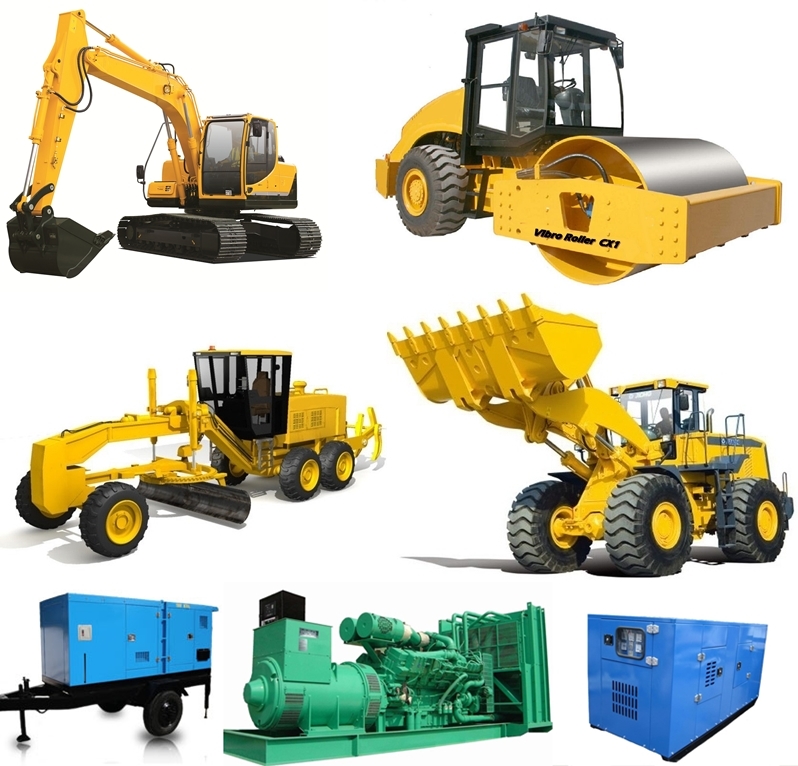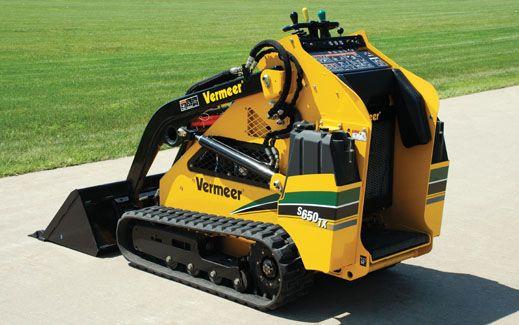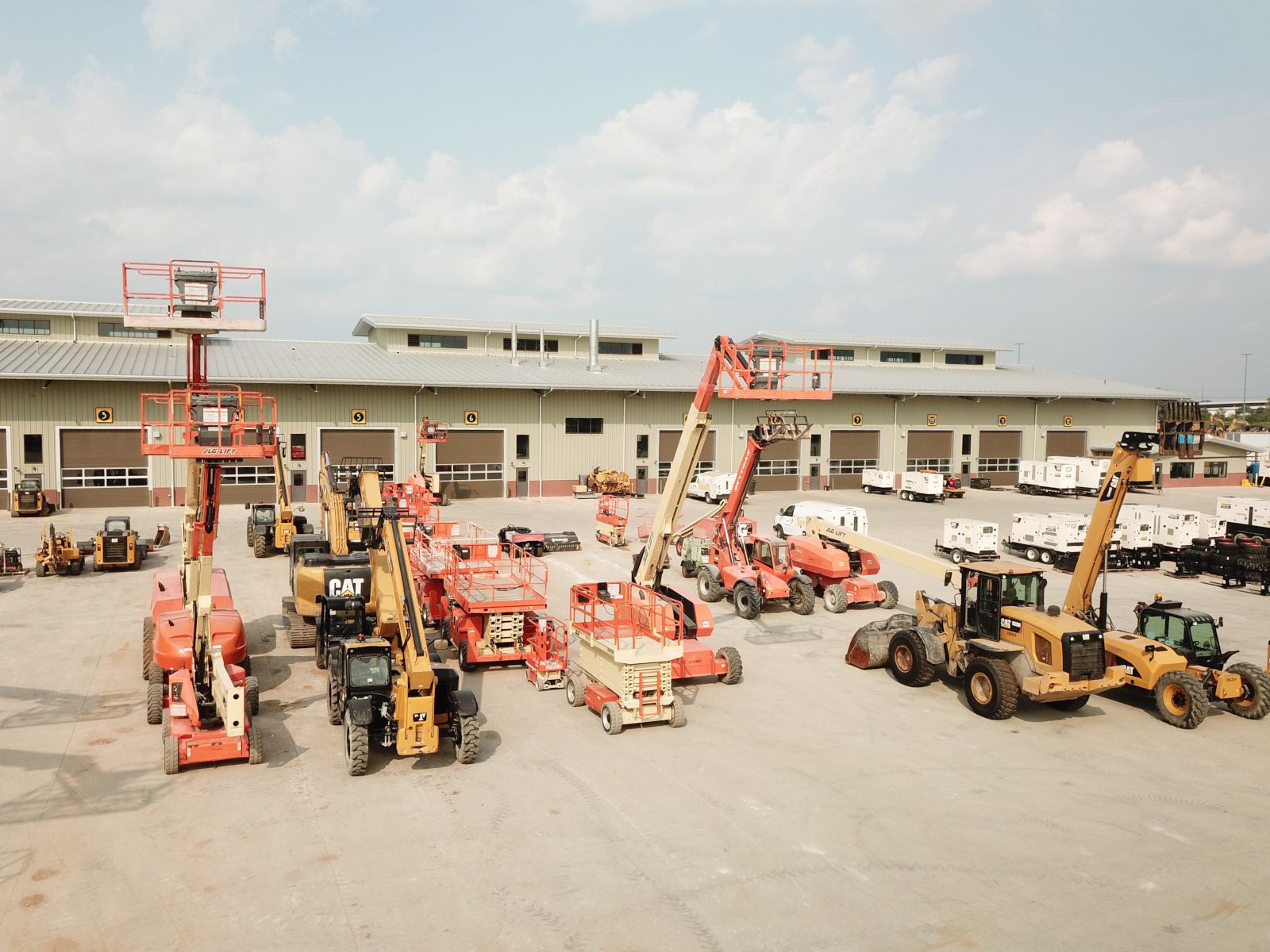Boom Lift Rental: Economical and Reputable Lifts for Any Work
Boom Lift Rental: Economical and Reputable Lifts for Any Work
Blog Article
Optimize Your Budget Plan by Recognizing the Prices Related To Building And Construction Equipment Leasings
Recognizing the complete scope of expenses related to building equipment services is crucial for maximizing your budget plan. While the preliminary rental charge might seem uncomplicated, countless extra expenditures-- such as transportation, gas surcharges, and maintenance-- can quickly build up, impacting your economic preparation. Being aware of numerous charges and the complexities of rental arrangements can help avoid unexpected financial worries. What approaches can be employed to properly manage these costs and make certain a more reliable rental experience?
Summary of Rental Prices
When considering construction equipment leasings, comprehending the connected costs is extremely important for efficient budgeting and job planning. Rental prices can differ substantially based on several variables, including tools type, period of service, and area. The initial rental fee commonly mirrors the tools's market demand and its associated functional capabilities, affecting the total expense.
In addition to the base rental price, ancillary expenses may arise, such as transport costs, gas surcharges, and upkeep costs. It is vital to make up these extra expenditures to precisely evaluate the overall cost of renting out equipment. Moreover, the rental duration can influence pricing; longer rentals may get discounted rates, while temporary rentals could sustain higher daily costs.

Breakdown of Rental Prices
A comprehensive understanding of rental rates is essential for contractors and project managers aiming to optimize their budget plans. Rental rates for construction tools commonly contain numerous parts, consisting of base rates, time-based charges, and use costs.
Base rates are the core fees connected with the leasing of the equipment, frequently figured out by the type and dimension of the equipment. These prices can vary dramatically, affected by elements such as devices need, schedule, and regional market fads. Time-based fees, which might be daily, weekly, or monthly, serve to suit various project timelines and rental durations.
Furthermore, rental prices might consist of usage charges, which apply when equipment is utilized beyond a defined limit, guaranteeing that the rental business can make up wear and tear. Seasonal demand fluctuations can additionally affect rental rates, with peak building and construction periods generally regulating higher prices.
Furthermore, understanding the rental business's policies regarding upkeep and insurance coverage can offer additional understanding right into the total expense structure. By evaluating these elements, contractors can make educated choices, ensuring the option of rental devices lines up with both task needs and spending plan restraints.
Extra Fees to Take Into Consideration
Comprehending the complexities of added costs is essential for contractors to manage their total service expenditures successfully. Beyond the conventional rental rates, numerous supplemental costs can significantly affect the overall expense of equipment service. These fees usually consist of distribution and pickup charges, which can vary based on distance and logistics associated with carrying the tools to and from the job site.
Additionally, some rental business might enforce fuel surcharges if the devices is returned with less fuel than when leased. It is additionally necessary to understand possible cleaning costs, particularly for specific devices that requires comprehensive maintenance after usage.

Completely assessing the rental contract and click this making clear these extra charges ahead of time can aid professionals stay clear of unforeseen costs and make sure that budget plans continue to be undamaged throughout the task lifecycle.
Upkeep and Repair Work Costs
Regular upkeep and repair work expenditures are often forgotten aspects that can dramatically influence the general expense of building and construction tools leasings. When renting equipment, it is critical to think about not only the rental costs however likewise the prospective costs linked with maintaining the machinery in ideal operating problem.
Many rental companies include basic maintenance as part of the rental arrangement; however, much more considerable repair work or unexpected breakdowns can cause additional costs. It's vital to evaluate the rental agreement carefully to recognize what maintenance solutions are covered and what duties fall on the tenant.
Furthermore, equipment that is not well-maintained can result in inadequacies on duty site, possibly creating hold-ups and raising project prices. To alleviate these dangers, it is a good idea to perform normal assessments and keep open interaction with the rental copyright concerning any kind of issues that develop throughout usage.
Insurance and Liability Costs
Insurance and obligation costs are critical parts that can substantially impact the overall expense of building equipment rentals (dozer rental). These costs ensure that both the rental business and the client are safeguarded from prospective monetary losses developing from crashes, damage, or theft during the rental duration

Additionally, clients ought to understand any type of deductibles or exclusions in the insurance coverage, as these can impact prospective out-of-pocket expenditures. Recognizing the conditions of any insurance coverage is vital to stay clear of unanticipated expenses. Inevitably, budgeting for insurance and responsibility expenditures can aid ensure a smoother rental experience and protect against economic dangers connected with building jobs.
Final Thought
In final thought, a thorough understanding of the prices linked with building and construction equipment leasings is vital for reliable budget administration. Eventually, informed decision-making concerning tools services contributes to the overall success of construction endeavors.
Rental costs can differ substantially based on a number of elements, including devices kind, duration of leasing, and location (mini excavator rental). The rental duration can impact prices; longer services may certify for affordable prices, while temporary rentals could sustain greater everyday fees
By performing extensive research study and involving with trusted rental business, specialists can properly browse the complexities of rental rates, inevitably maximizing their financial resources.
Past the basic rental prices, numerous extra fees can significantly affect the complete cost of devices leasing. Rental companies frequently offer liability insurance coverage that covers injuries to third events or damages to home, while equipment damages insurance policy can cover the price of fixings index or replacement if the leased devices is harmed.
Report this page